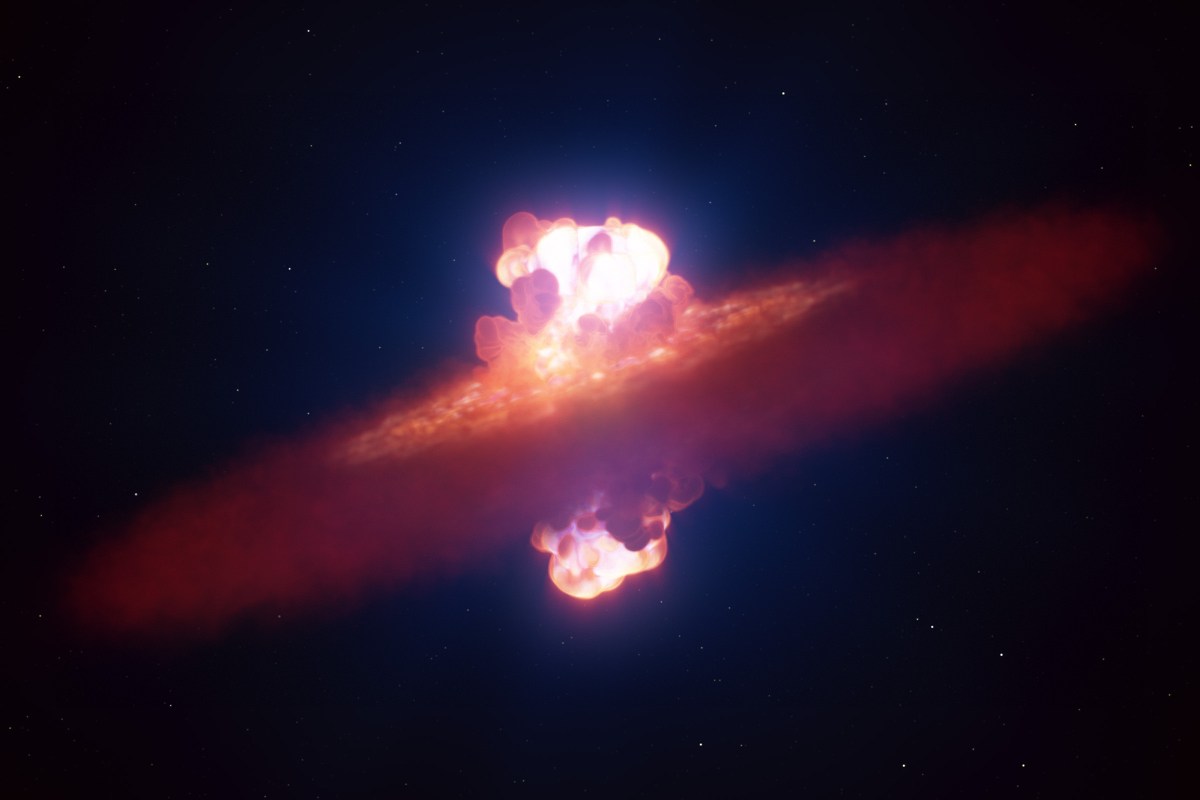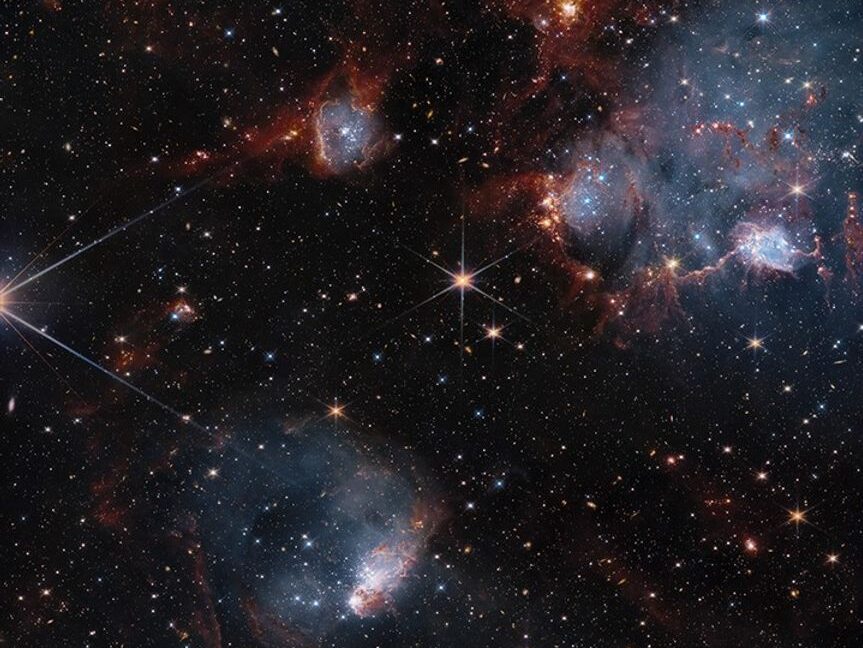fromBig Think
5 days agoStarts With A Bang podcast #124 - Astrochemistry
They can directly collapse to a black hole, they can become core-collapse supernovae, they can be torn apart by tidal cataclysms, they can be subsumed by other, larger stars, or they can die gently, as our Sun will, by blowing off their outer layers in a planetary nebula while their cores contract down to form a degenerate white dwarf. All of the forms of stellar death help enrich the Universe, adding new atoms, isotopes, and even molecules to the interstellar medium:
Science








